Santa Catalina hotel, the legend goes on
Restoration of the emblematic Santa Catalina hotel in Las Palmas de Gran Canaria is writing a new page in its history.
Gregory Peck took refuge there after playing Captain Ahab, shooting scenes from ‘Moby Dick’ on the Las Canteras beach, under the watchful eye of director John Huston. The hundred-year-old memories in its rooms also conjure up smoke from Winston Churchill’s cigars, echoes of the voice of the soprano Maria Callas, the smouldering gaze of Ava Gardner and the dreamy although somewhat distracted look of Agatha Christie, probably because a mystery novel was always brewing in her head, even while she relaxed by the Atlantic in Las Palmas de Gran Canaria.
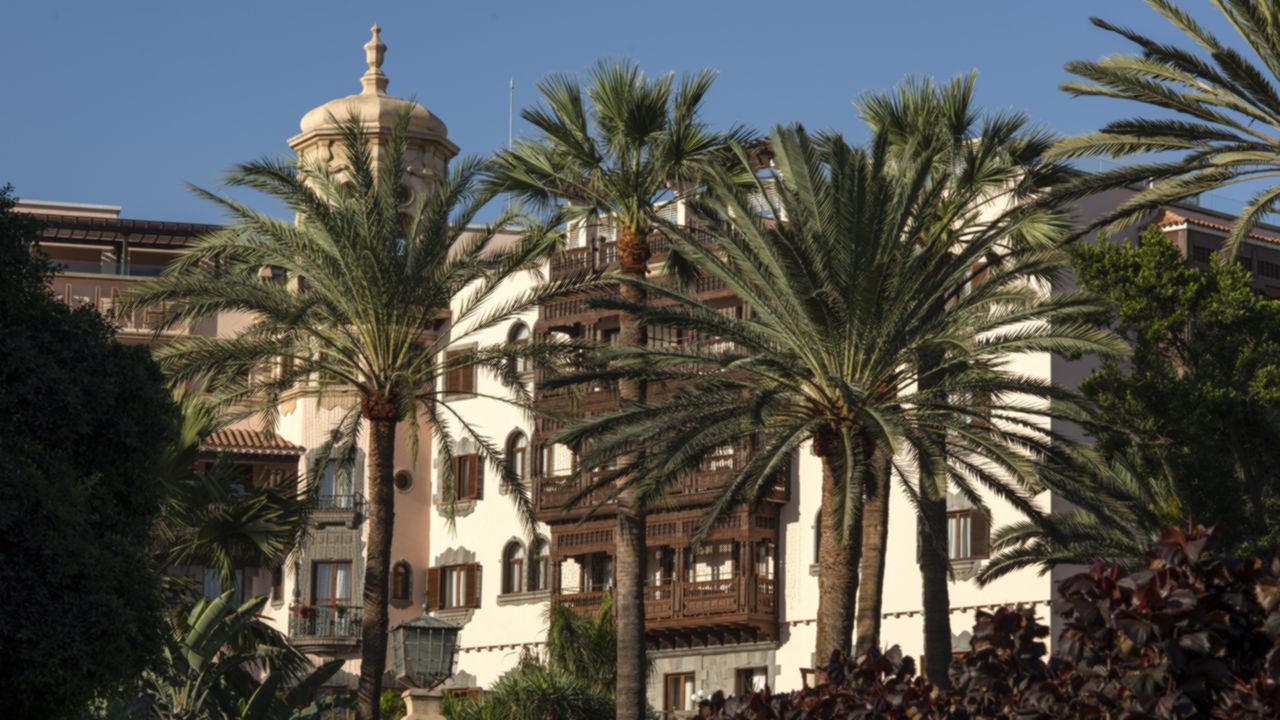
This list of distinguished characters, also including Prince Charles, several prime ministers and many artists, sportsmen and international celebrities, all have something in common. They all stayed in the same luxury hotel, a high society hub in Gran Canaria, cultural epicentre and symbol of refinement that has opened its doors again under the name Santa Catalina, a Royal Hideaway Hotel.
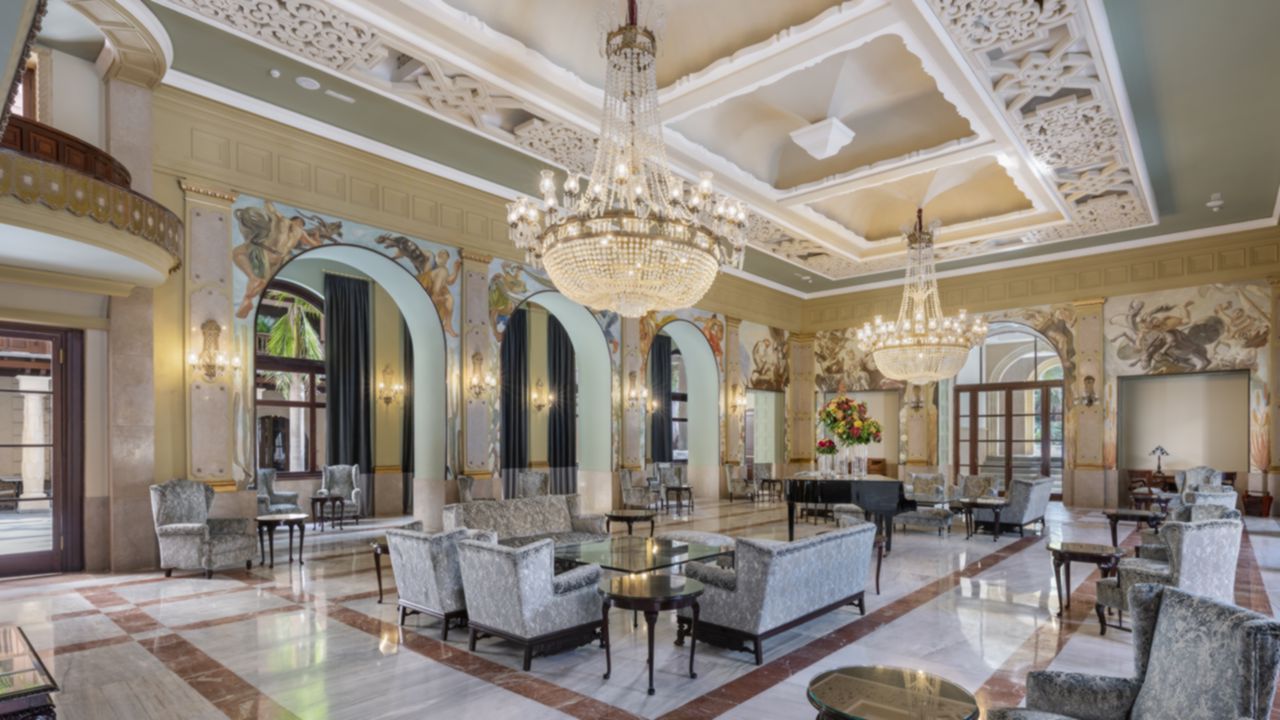
To a certain extent, stepping into the building takes you back to another time and brings you all the splendour and excellence of a classic hotel, although with the advantage of completely renovated facilities, equipped with all the extras you’d expect in an up-to-the-minute hotel. In fact, the Barceló Hotel Group intends to preserve the heritage and share the history of a place that is an intrinsic part of the city’s development and the Island of Gran Canaria as a whole.
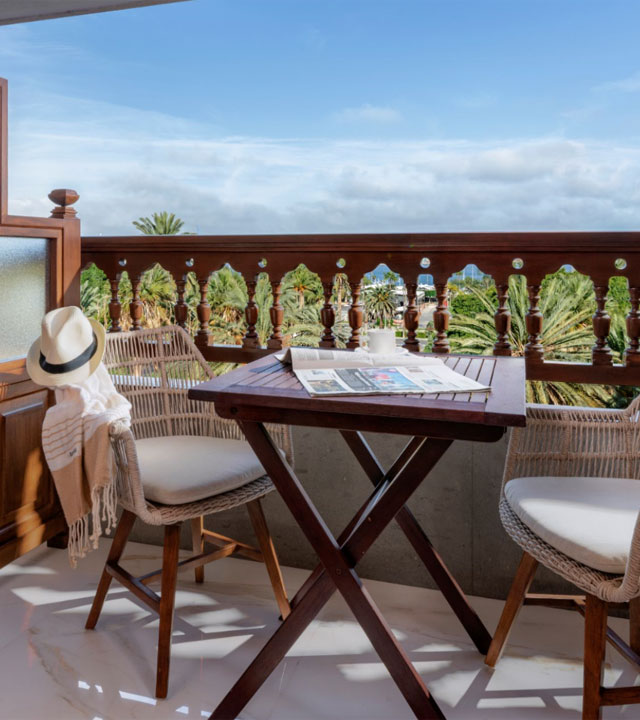
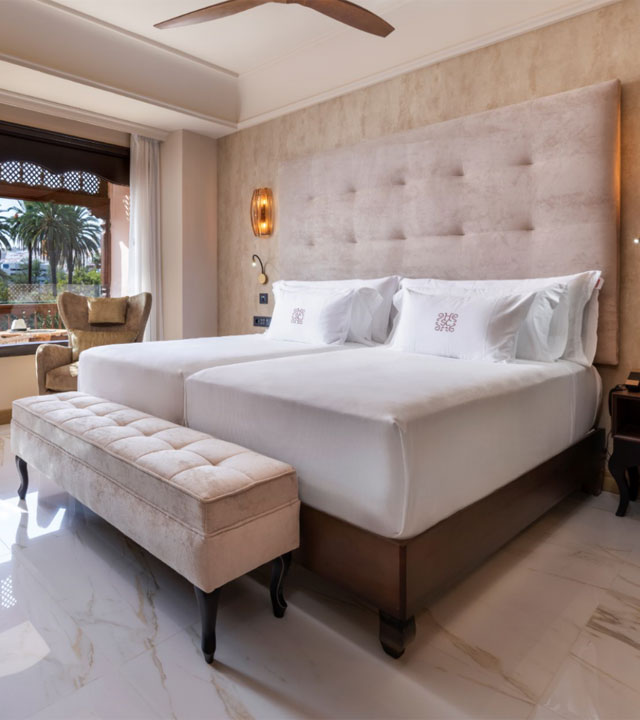
Therefore, the hotel stands between two worlds, a meeting point for old and new, particularly prioritising conservation and renovation of its most iconic aspects and spaces. One example of this might be the emblematic Patio de las Tortugas (Turtle Patio), one of the spectacular gardens surrounding the hotel’s main reception room and where guests could relax in a peaceful, nature retreat.
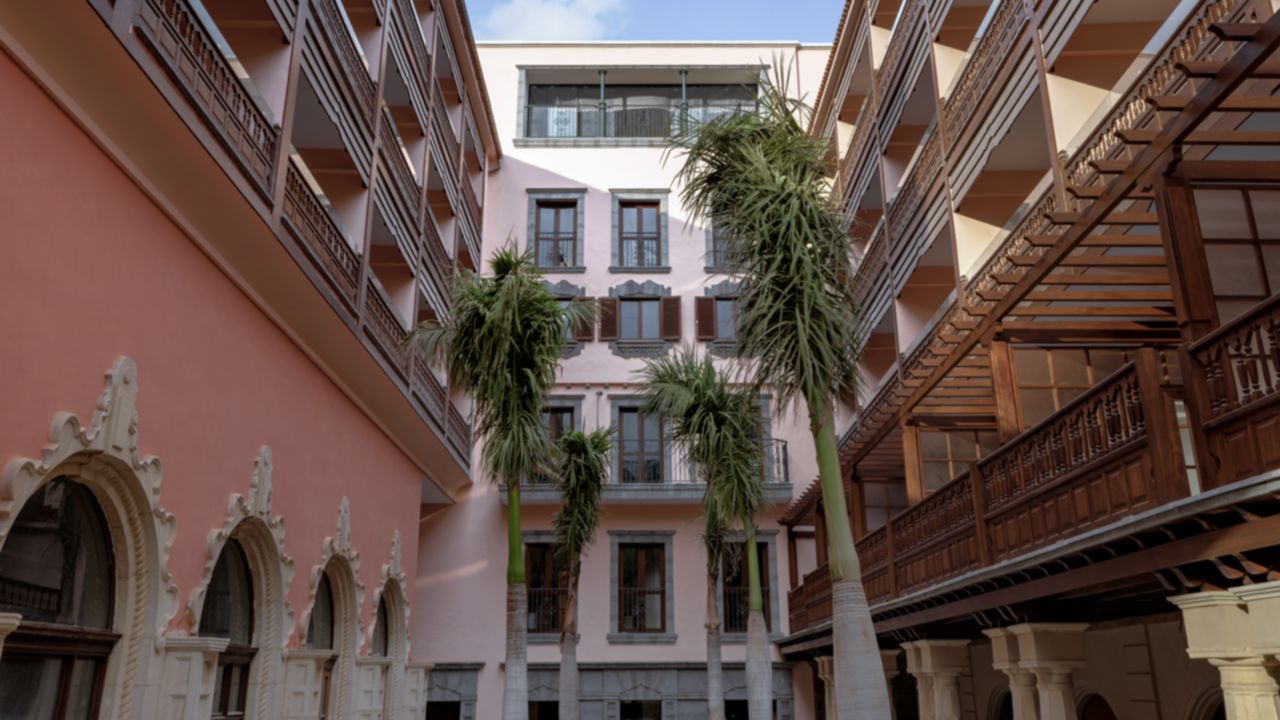
Opened in 1890, based on an original project by the Scottish architect James MacLaren, the hotel has been part of the capital’s long tourist tradition ever since. It is not only the oldest hotel in Las Palmas de Gran Canaria but in all the Canary Islands. Thanks to its extraordinary location in the residential Ciudad Jardín (Garden City) district, in the very centre of Parque Doramas, it became a reference point for travellers from all over the world, particularly in the late 1950s and 60s.
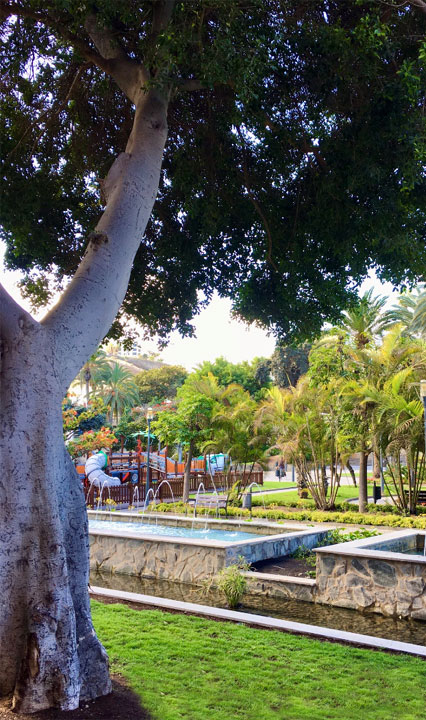
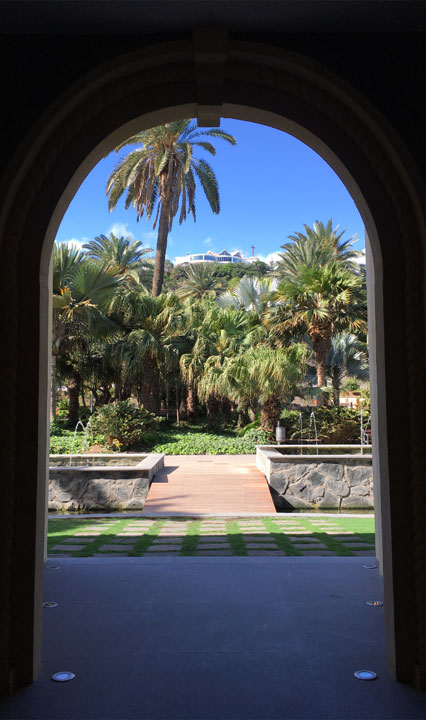
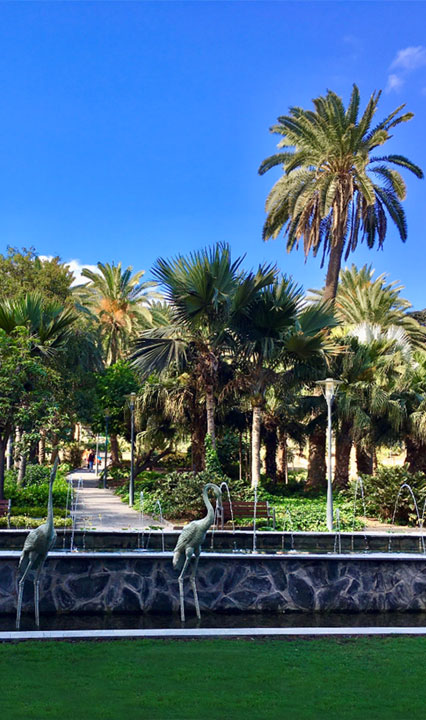
The hotel was bought by the City Hall in 1923 and in 1951 the new building opened designed by the renown Gran Canaria architect Miguel Martín-Fernández de la Torre, whose seal is still clearly visible to this day. It currently forms part of the Canary capital’s Architectural and Cultural Heritage and it proudly stands as one of the most significant examples of the 20th century regionalism architectural movement.
Furthermore, Santa Catalina, a Royal Hideaway Hotel, keeps its history alive thanks to a restoration project on the works of art that are exhibited in some of its most significant rooms. The renovation process included working on 19th century canvases and murals from the 1950s. Led by Beatriz Galán, fine art restorer and an expert in preventive conservation, this project set out to restore paintings throughout the hotel in spots such as the Bar Carabela, Salón Arencibia or Salón Miguel Martín-Fernández de la Torre, in honour of the renown Canary architect who turned the hotel into the luxury icon it is today.
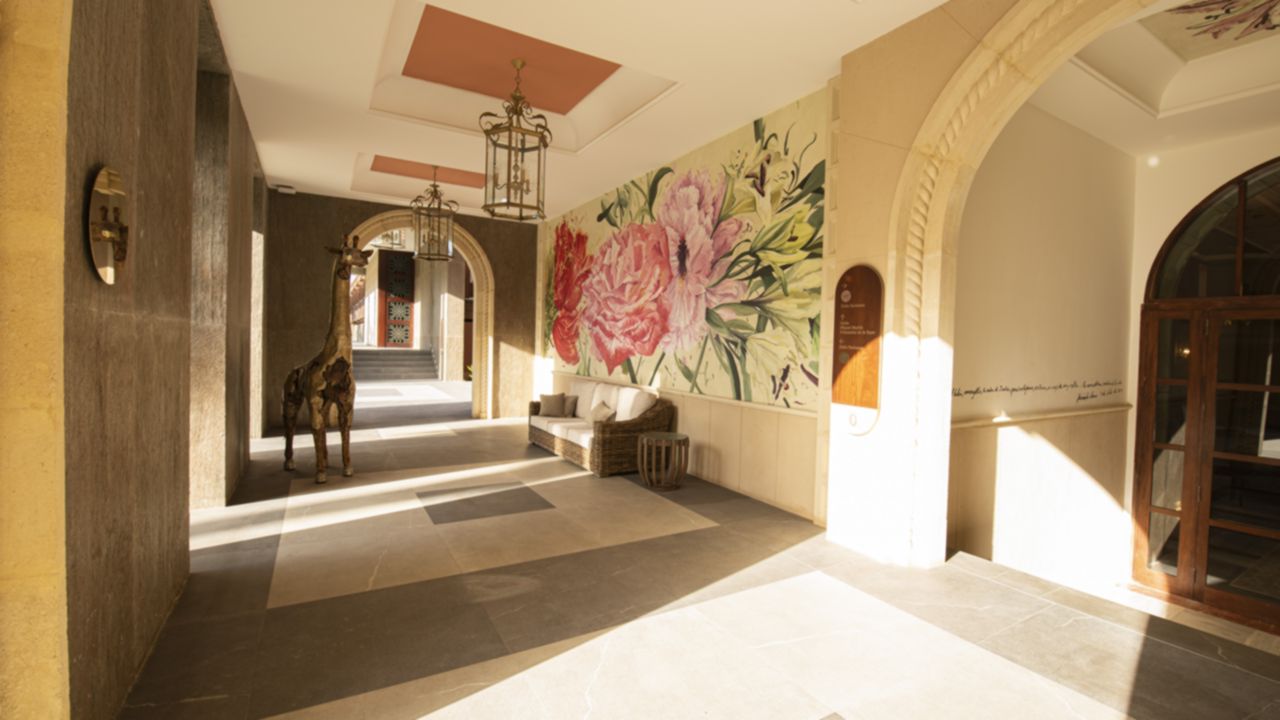
The majority of the works are signed by one of the great Canary mural painters, Jesús Arencibia. His name appears alongside other great maestros from the islands who made their mark here, such as Manuel Martín González, considered to be one of the best 20th century landscape artists and Santiago Santana, the last living exponent of the Canary indigenous style and named as adoptive son of the capital of Gran Canaria.
The hotel pays homage to its Canary roots with a spectacular set of murals, work by the renown Canary painter Fernando Álamo, who won the Canary Islands Fine Art Prize in 2014. Paintings by contemporary artists make the transition between the classic and historical part of the hotel and the new covered terrace that opens out over Parque Doramas.
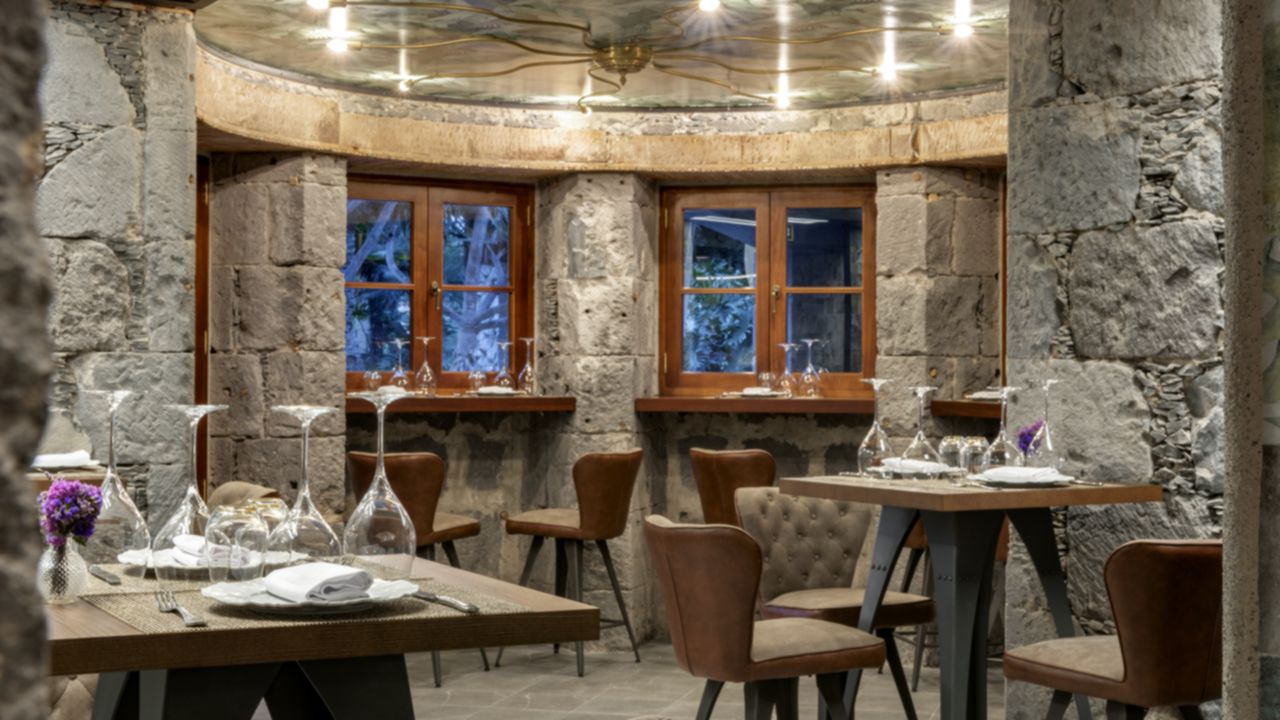
Its haute cuisine has now been written into the hotel’s legend. The new Poemas restaurant by Hermanos Padrón opened with a name inspired by the pictorial project ‘Poema de los Elementos’ (Poem of the Elements), by the great Gran Canaria artist Néstor Martín-Fernández de la Torre.
Juan Carlos and Jonathan Padrón, the only Canary-born chefs with a Michelin star and two Repsol suns, have managed to transfer the essence of some of the artist’s most famous paintings into gastronomic creations that are not only incredibly tasty but also outstandingly beautiful on the plate. Poemas by Hermanos Padrón delves into combinations that weave the arts into cookery, serving up a fusion of international and Canary ingredients from the sea, the land and from nature, creating works of art for your palate.
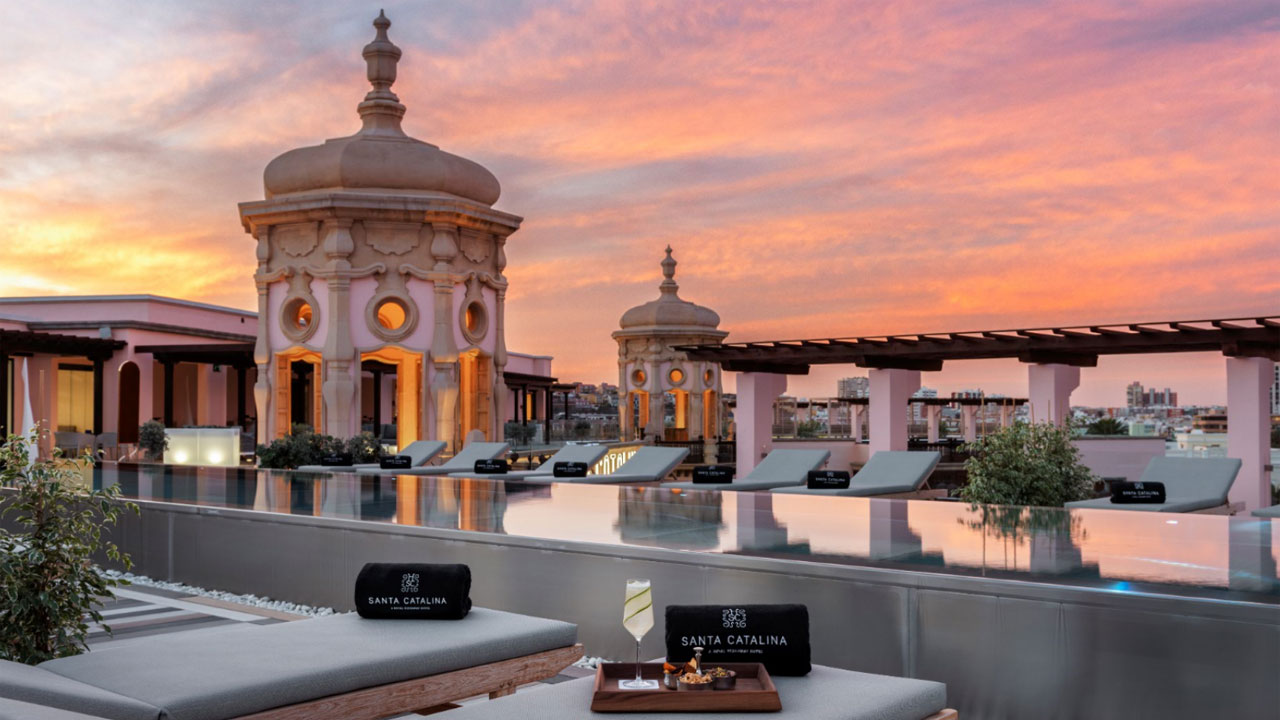
On the other hand, the Canary designer Pedro Palmas was commissioned to come up with thirteen exclusive designs for the hotel staff. Each creation, made-to-measure out of wool for each employee, is the result of his careful observation of the hotel’s architecture, its recognisable decoration and its clear British influence. It makes outstanding use of tartan, the red tones, particularly pillar-box red, claret, caramel and navy blue, colours that evoke British tradition and give a nod to the Scottish architect James MacLaren. This is how a hotel dresses when it is built to last for eternity.

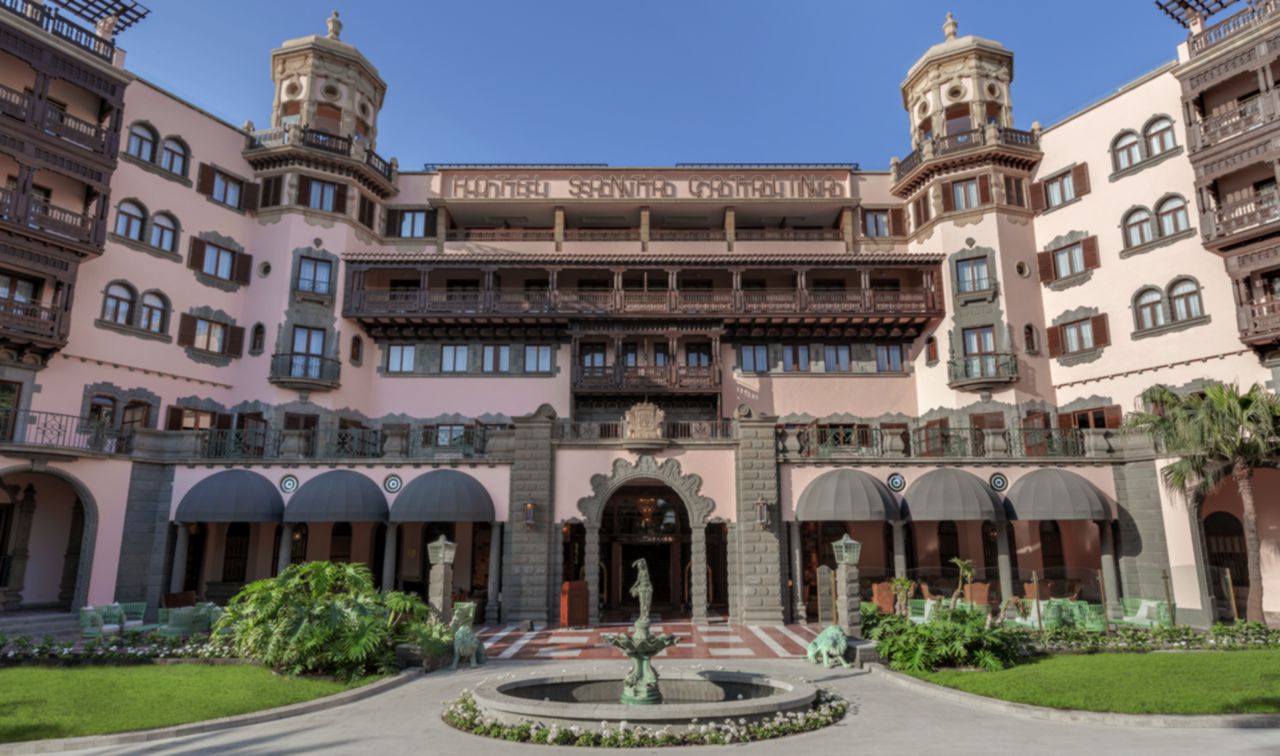
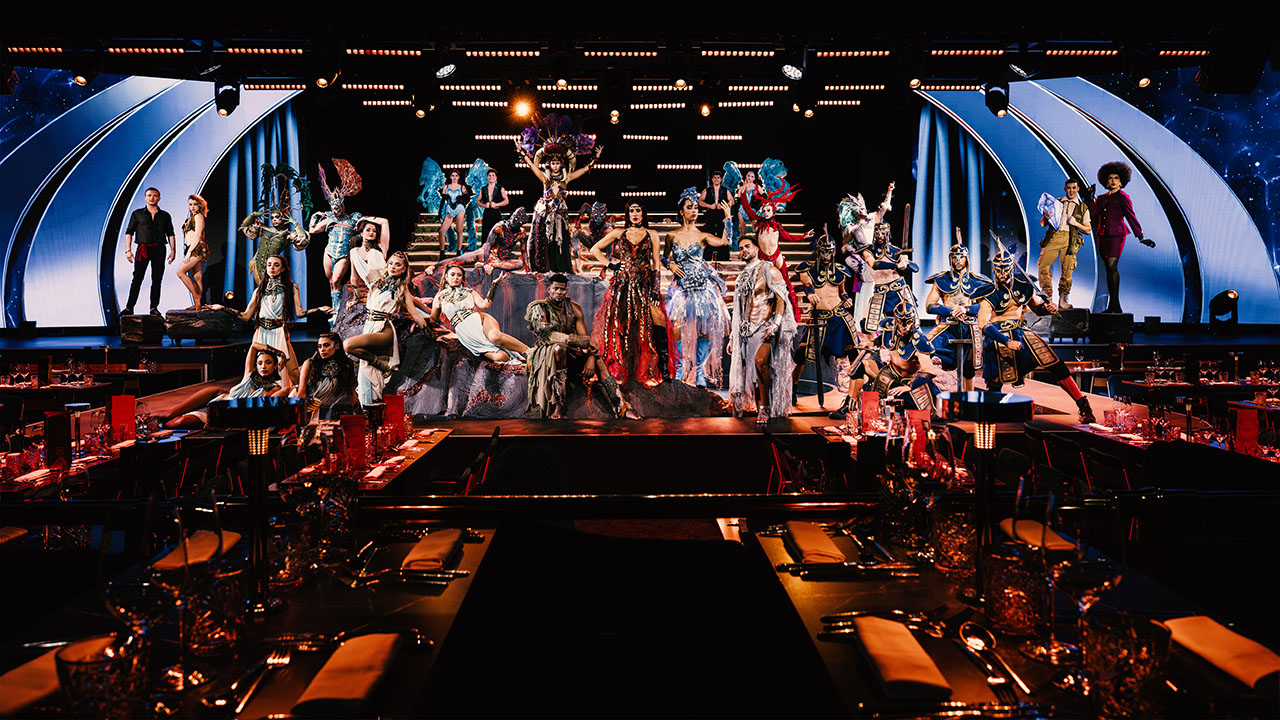
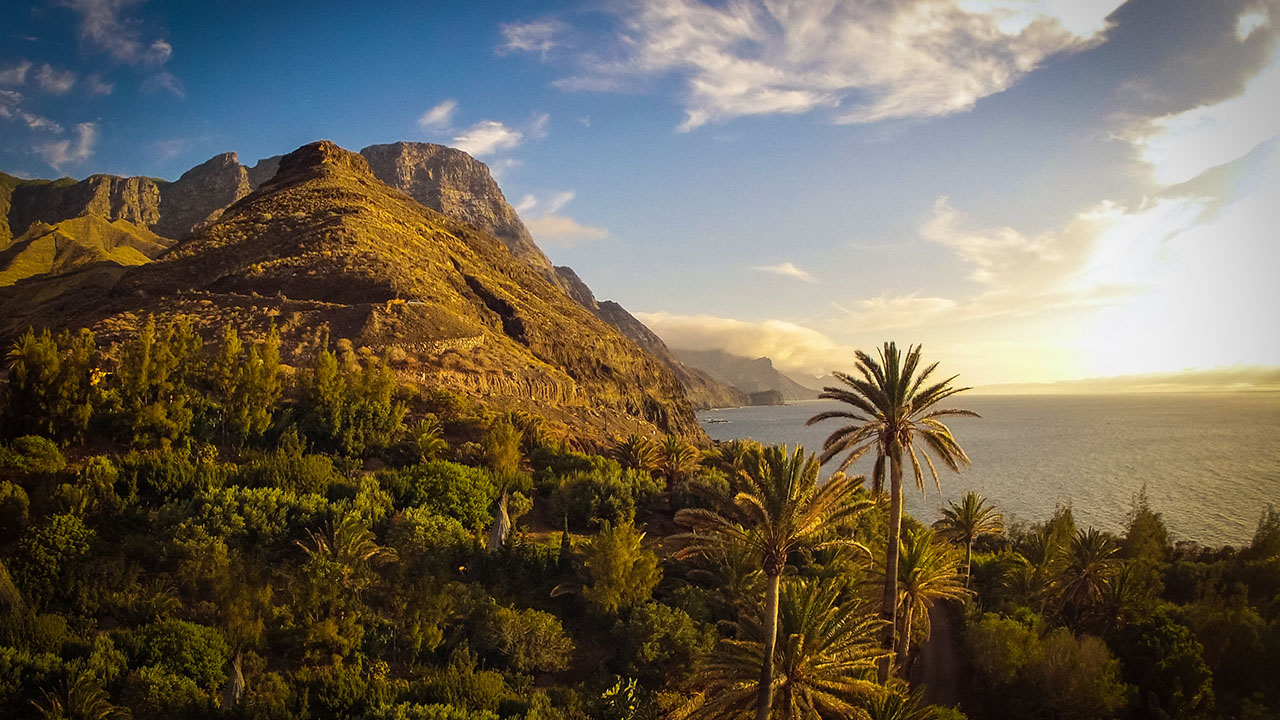
Comments are disabled for this post.